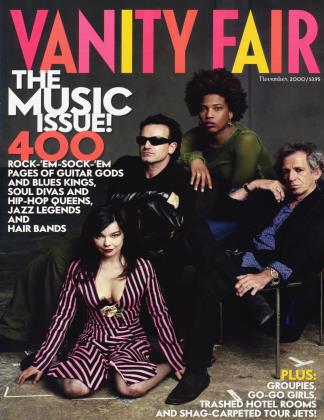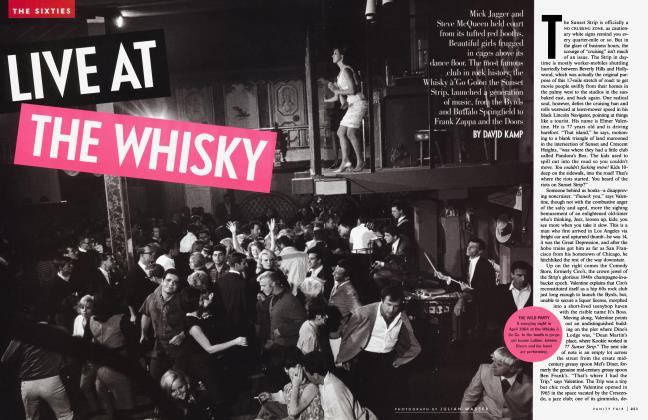Sign In to Your Account
Subscribers have complete access to the archive.
Sign In Not a Subscriber?Join NowAll told, our 12 cover subjects have sold more than 320 million albums. Better yet, their songs have inspired hope, shaken booties, and given modernity its pulsing, joyous soundtrack
November 2000All told, our 12 cover subjects have sold more than 320 million albums. Better yet, their songs have inspired hope, shaken booties, and given modernity its pulsing, joyous soundtrack
November 2000 View Full Issue
View Full Issue






Subscribers have complete access to the archive.
Sign In Not a Subscriber?Join Now